Cancer Epidemiology, Etiology, Pathophysiology, Diagnosis & Treatment
VerifiedAdded on 2023/06/14
|9
|708
|317
Report
AI Summary
This report provides an overview of oncology, focusing on the epidemiology, etiology, pathophysiology, diagnosis, and treatment of cancer. It highlights that cancer is characterized by abnormal cell multiplication and spread, affecting vital organs and leading to mortality. In the US, cancer rates are significant, with projections indicating a rise in affected individuals. Key causes include obesity, unhealthy lifestyles (smoking, alcohol), and sedentary habits. The pathophysiology centers on genetic mutations that disrupt cellular division, involving oncogene activation and tumor suppressor gene disability. Diagnosis is based on guidelines from societies like the American Cancer Society, which recommends early mammograms for women at risk. Treatment involves chemotherapy, hormone therapy, and targeted drugs, including medications like Abemaciclib, Abitrexate, Abraxane, and antibiotics such as bleomycin, as approved by the World Health Organization. Desklib provides access to this and other solved assignments for students.
1 out of 9
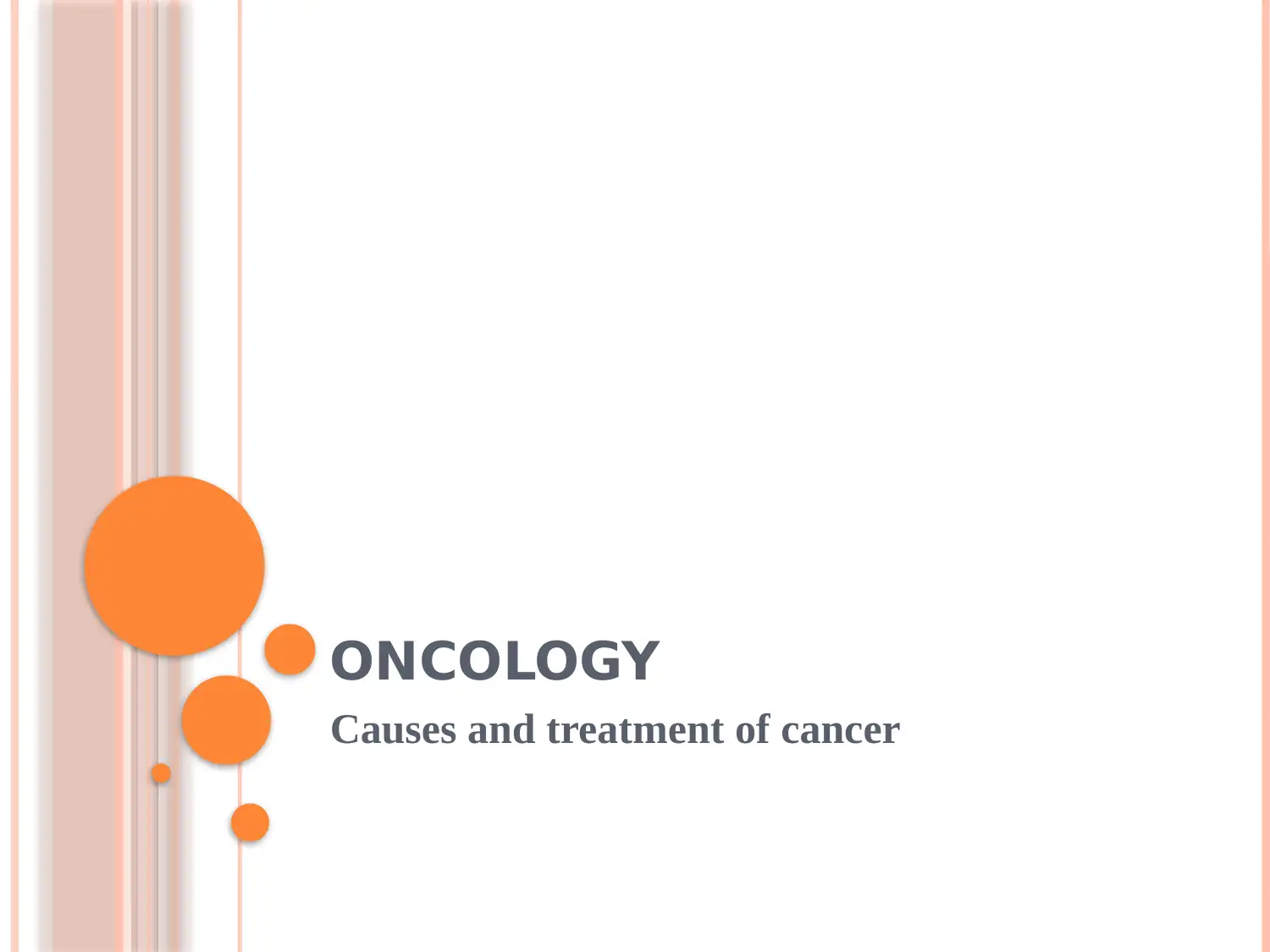
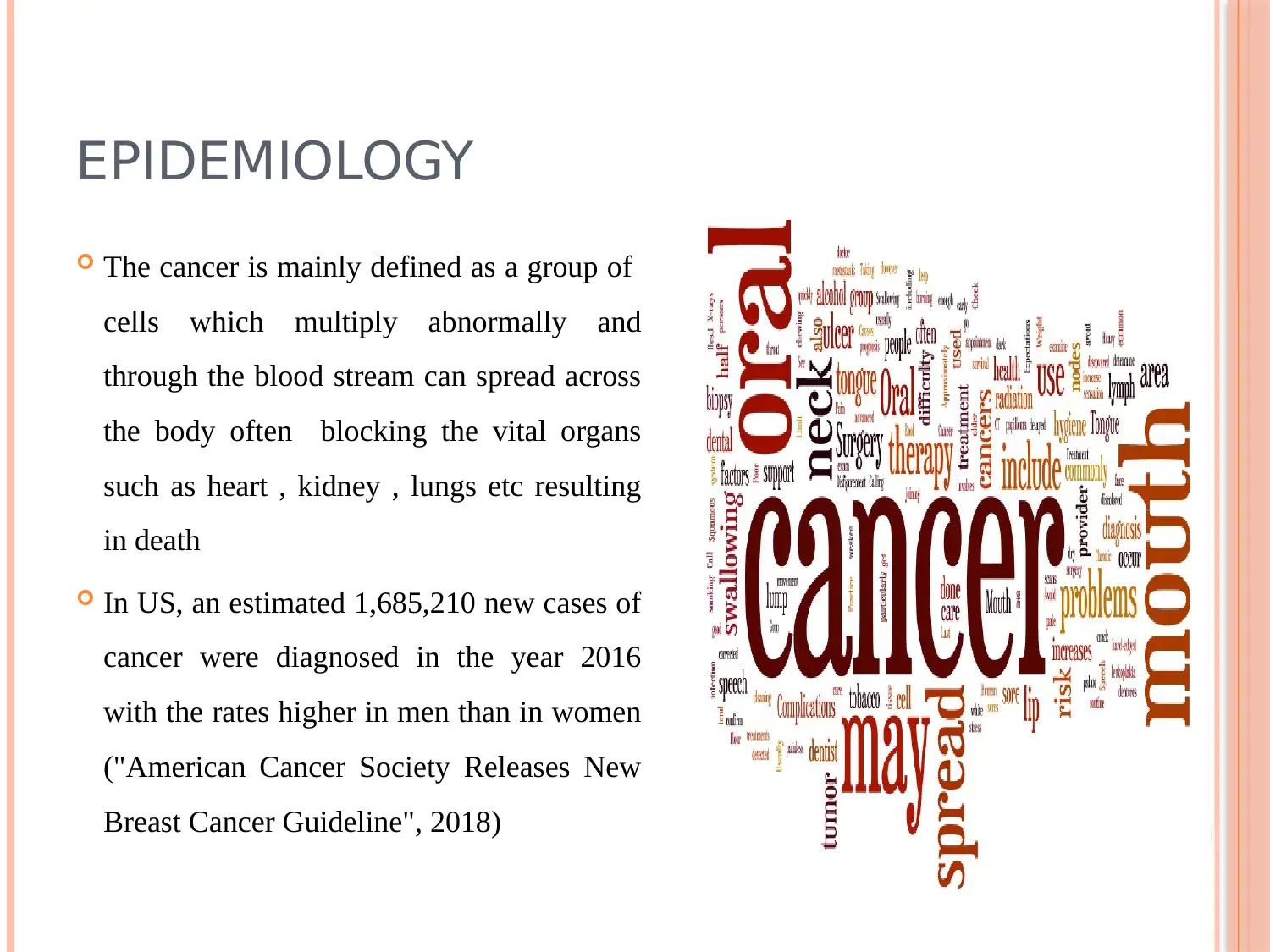
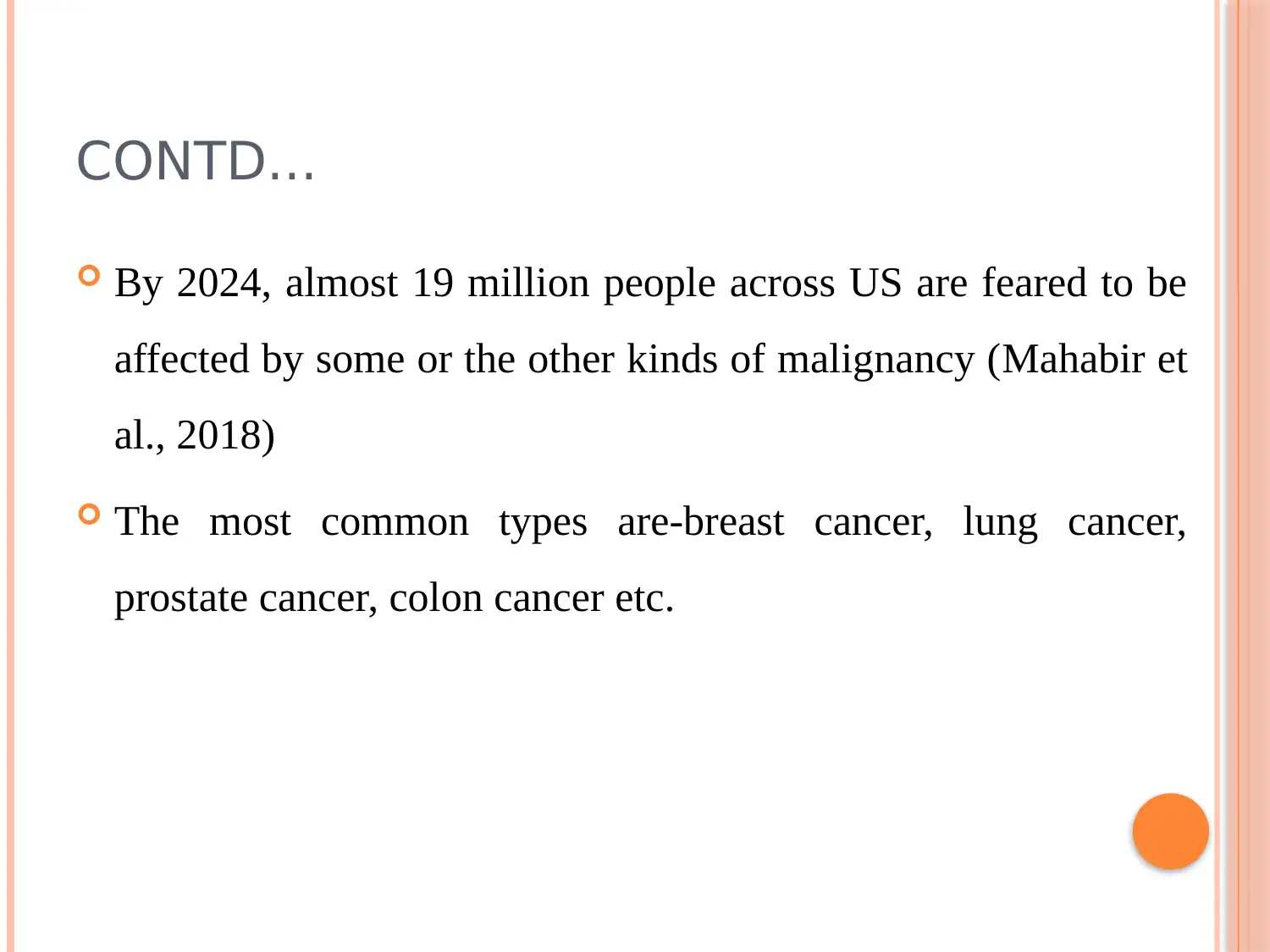

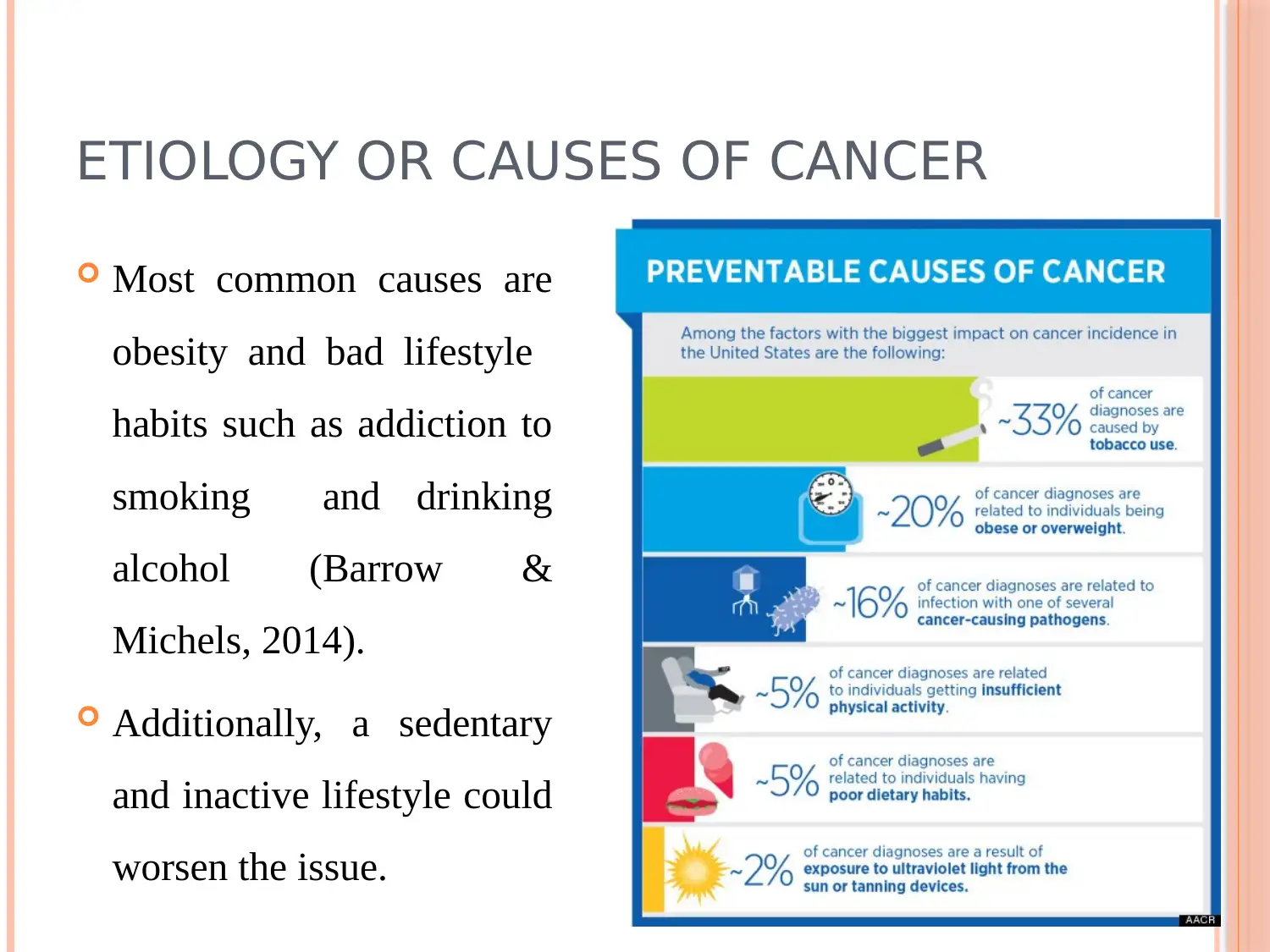
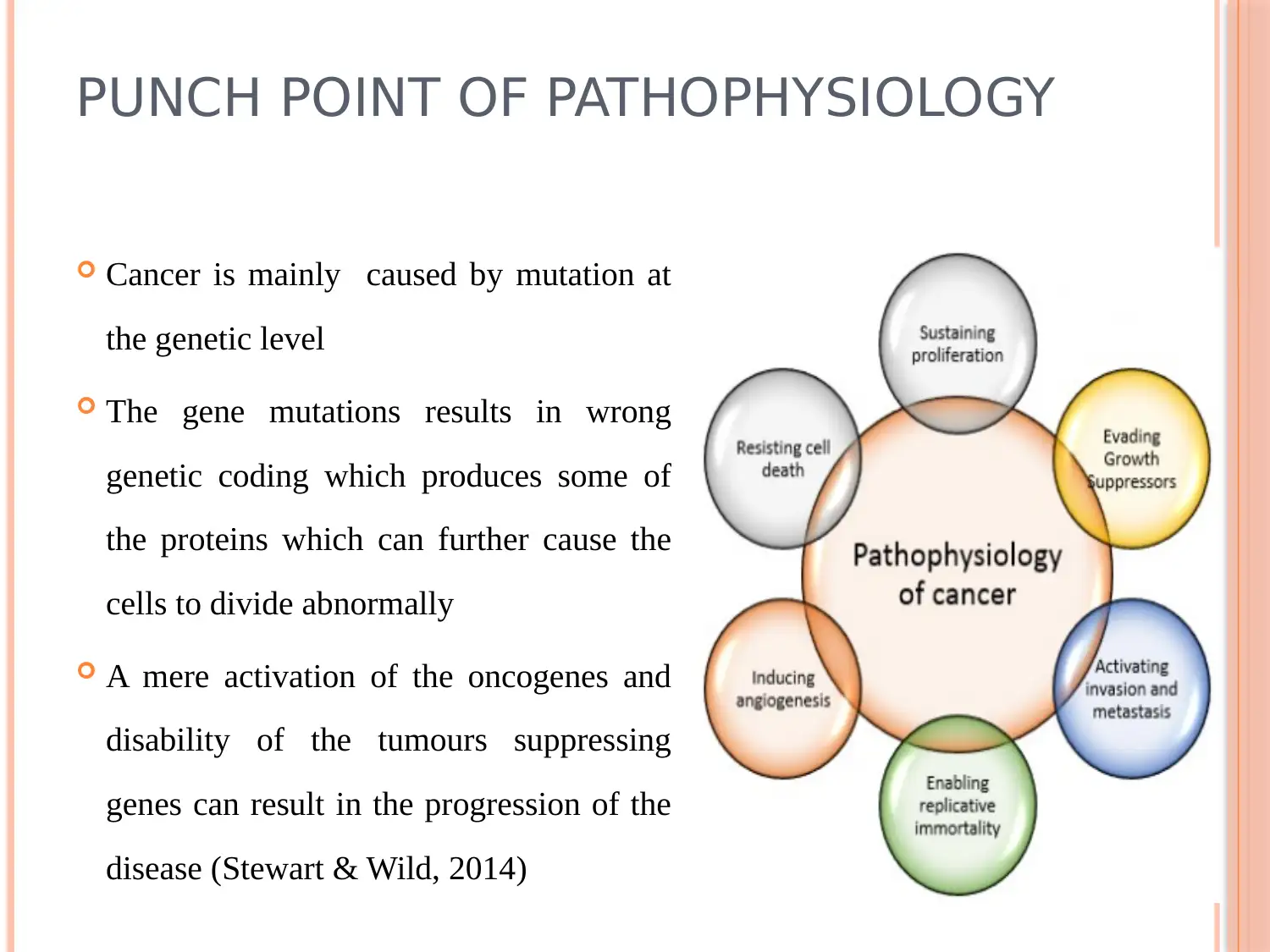
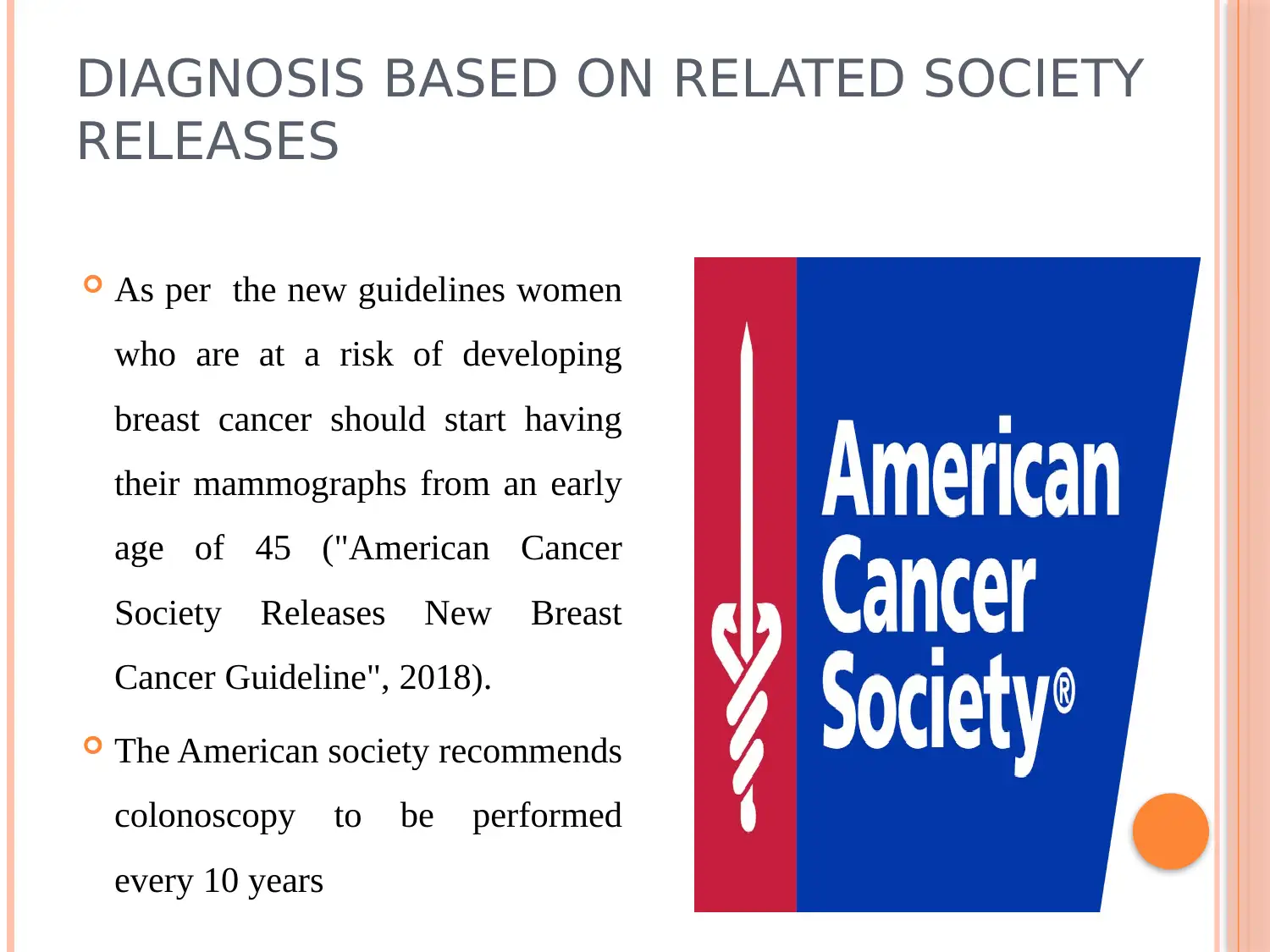
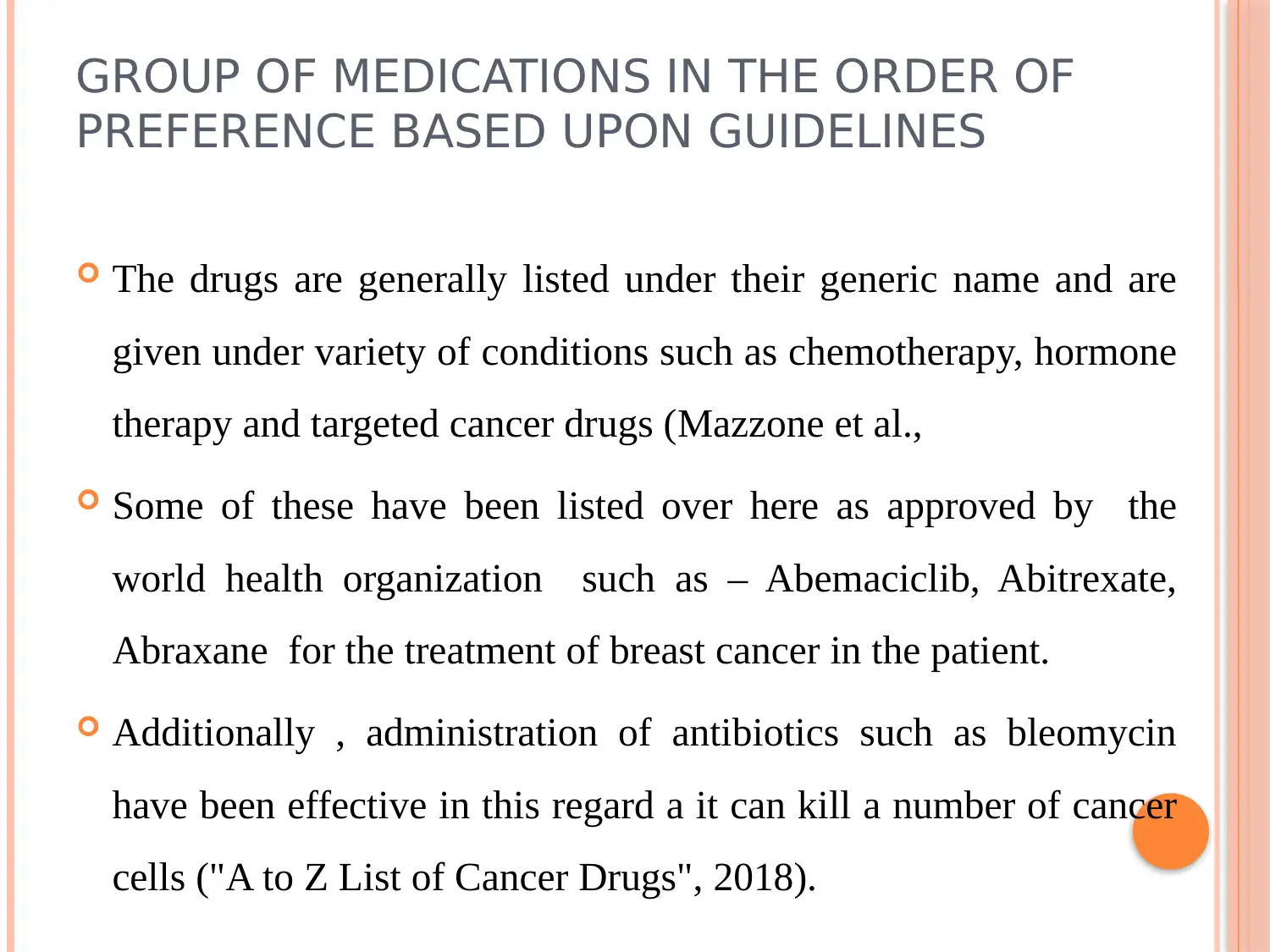
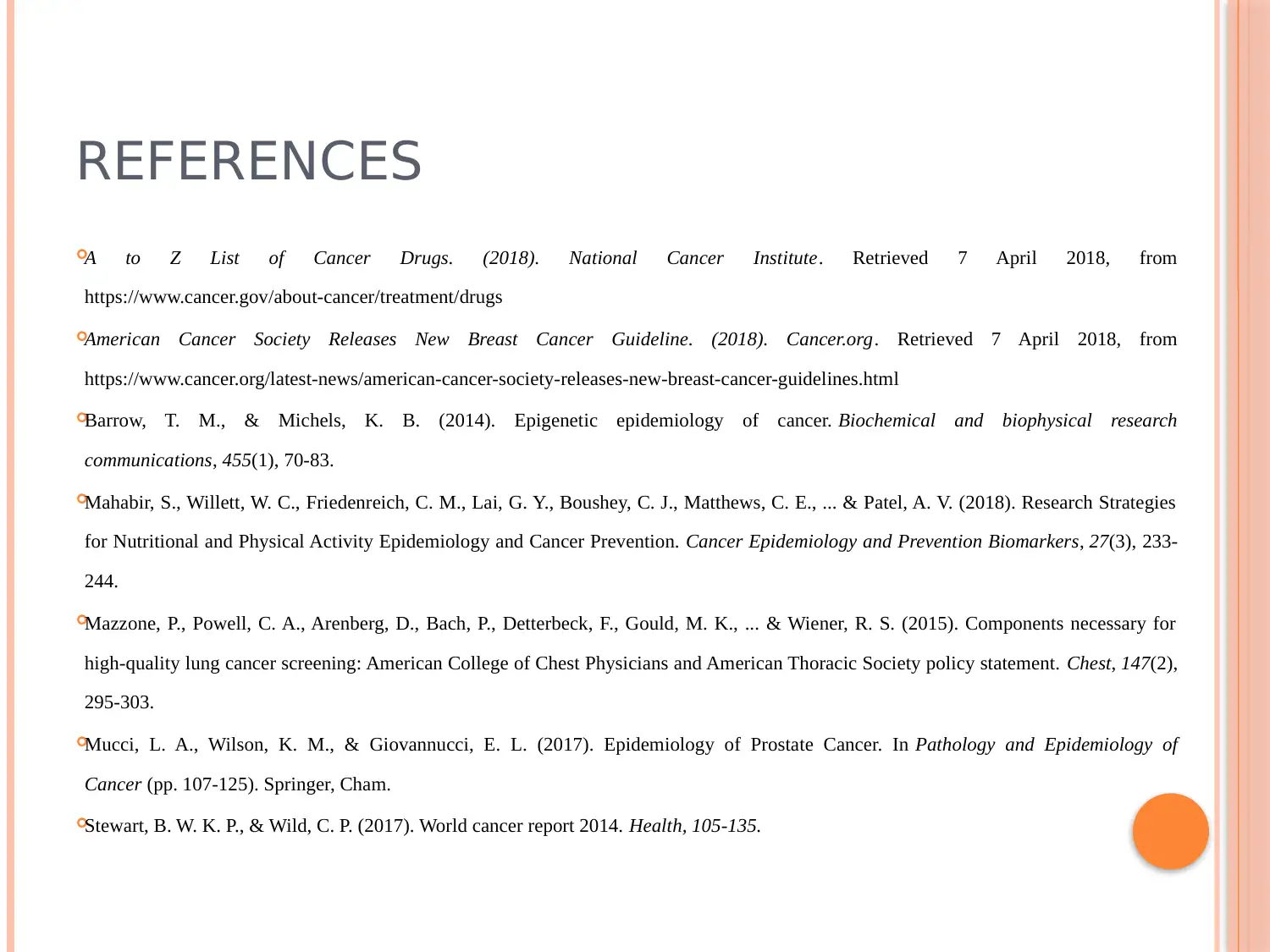






![[object Object]](/_next/static/media/star-bottom.7253800d.svg)